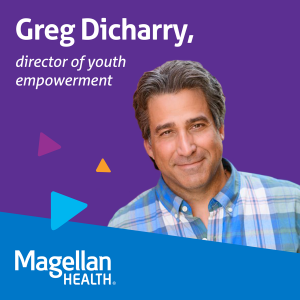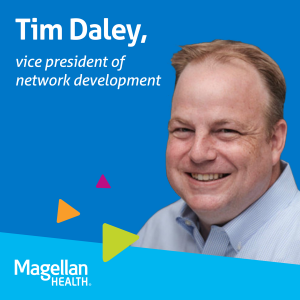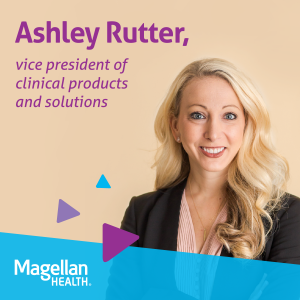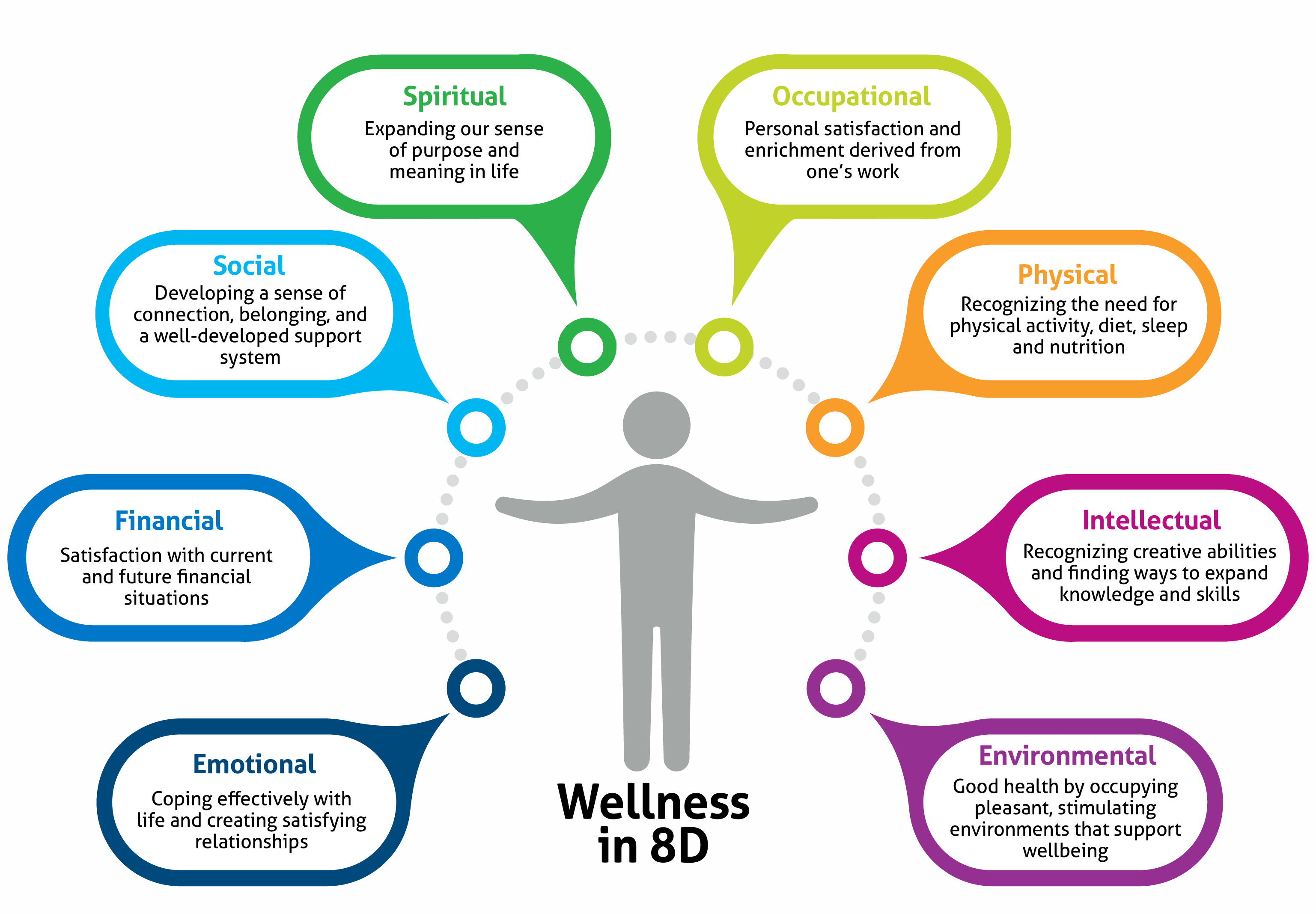The Problem
Intimate partner violence is a national public health issue, resulting in devastating personal trauma and effects on our country. Intimate partner violence includes physical violence, non-consensual sexual violence (including non-physical sexual events, such as sexting), stalking, and psychological aggression.
According to the CDC, intimate partner violence in the United States is far more common than we would want to believe, impacting approximately 25% of women and 10% of men1.
This issue is also prevalent in the military. In 2020, there were 12,663 reports of spouse abuse and 2,026 reports of intimate partner abuse in the U.S. military. Among all military incidents, 63% of active-duty abusers were Non-Commissioned Officer Ranks (E4-E6); when accounting for only those incidents involving spouses, the highest rates of active-duty abusers were among junior enlisted ranks (E1-E3)[1].
The physical and emotional suffering of intimate partner violence victims is profound. What is also clear are the consequences for our Armed Forces. When intimate partner violence involves service members or their families — either as victims or offenders — the resulting trauma harms overall unit readiness.
Prevention Strategies
Collectively, Magellan Federal has over 30 years of experience supporting Family Assistance Programs and positions us as experts in the field. We interact with 30,500 service members and families yearly providing vital services to ease the unique stressors of military life that can aggravate or trigger patterns of abusive behavior within the family home.
Recognize the Risk Factors
Drawing upon our wealth of experience, we believe that if warning signs are recognized and addressed early, intimate partner violence instances can be significantly reduced.
The identifiable factors unique to military service that may aggravate intimate partner violence risks include:
- Frequent permanent change of stations (PCS) disrupts access to natural support networks, increasing stress and social isolation. Frequent moves may also limit the ability of non-military spouses or intimate partners to find and maintain employment, increasing financial reliance on the abuser.
- Frequent or unpredictable deployments and a related increase in domestic duties of the partner may contribute to a sense of instability, increasing relationship stress, or conflict[2].
- Stigma of reporting abuse may lead to the belief that there may be a negative impact on the service member’s career. This may hinder the victim from seeking help for fear of retaliation by the service member and/or loss of financial support and benefits.
Suggested Solutions
The Department of Defense (DoD) offers a foundation of programs, tools, and personnel to promote awareness of intimate partner violence. However, they are often hindered by a lack of uniformity across the military Services and participation is often voluntary, rather than mandatory.
We believe the following will enhance outreach to spouses and intimate partners, with particular focus on those who live off installation and/or may not regularly interact with military life resources.
Key activities to better reach spouses and intimate partners on installation include:
- Expanding FAP communications plan to include the installation level. Updating the DoD-level FAP communications plan to include the military Service and installation levels will better enable FAP officials to gauge spouse awareness needs as well as trend responses longer term.
- Leveraging spouse groups. Every installation, regardless of the specific military Service, should have a spouse club that can be leveraged for outreach.
Key activities to better reach spouses and intimate partners off installation include:
Partnering with other government entities in community outreach. Programs and resources like the New Parent Support Program (NPSP), Domestic Abuse Victim Advocacy program (DAVA), Military & Family Life Counseling (MFLC), and Child & Youth Services (CYS) regularly engage in community outreach and training and, therefore, present an opportunity to increase FAP promotion to off-installation spouses and intimate
- More consistent collaboration between installation-level FAP resources and these programs and resources will serve as a force multiplier.
- Partnering with non-governmental entities. More consistent engagement with local chapters of Non-Government Organizations, such as the American Red Cross, and Military Support Organizations already working in the communities around an installation will better capture off-installation spouses and intimate partners.
- Leveraging non-traditional community resources. Some who live and work off installation may be isolated even from community-facing resources like NPSP and MFLC. Reaching these spouses and intimate partners may require a more creative approach encompassing more “touchpoints” in their day such as leaving education materials at a local daycare, food pantry, thrift store, library, junior league chapter, or church.
- Increased tailoring of outreach strategies to specific populations. The spouses or intimate partners of more junior enlisted personnel may not be in a leadership position to distribute information, so they may just be interested in a more informal meeting with a victim advocate or a pamphlet of FAP resources, rather than a formal briefing. Increased flexibility in outreach strategies will ensure more complete utilization of existing prevention resources.
Key Takeaway
Ultimately, effective prevention strategies must ensure outreach and mitigation activities incorporate all categories of risk factors—individual, relational, community, and societal. The methods to battle intimate partner violence must also ensure all at-risk people (perpetrators and victims alike) receive appropriate education and aid.
We believe prevention is the best opportunity for affordable, high-impact solutions to the needs of our military.
[1] Centers for Disease Control and Prevention. (2021, November 2). Preventing intimate partner violence | violence prevention | Injury Center | CDC. Centers for Disease Control and Prevention. Retrieved December 8, 2021, from https://www.cdc.gov/violenceprevention/intimatepartnerviolence/fastfact.html.
[2] Kamarck, Kristy N., Ott, Alan, Sacco, Lisa N. (2019, December 4). Military Families and Intimate Partner Violence: Background and Issues for Congress (Report No. R46097). Congressional Research Service. https://crsreports.congress.gov/product/details?prodcode=R46097



